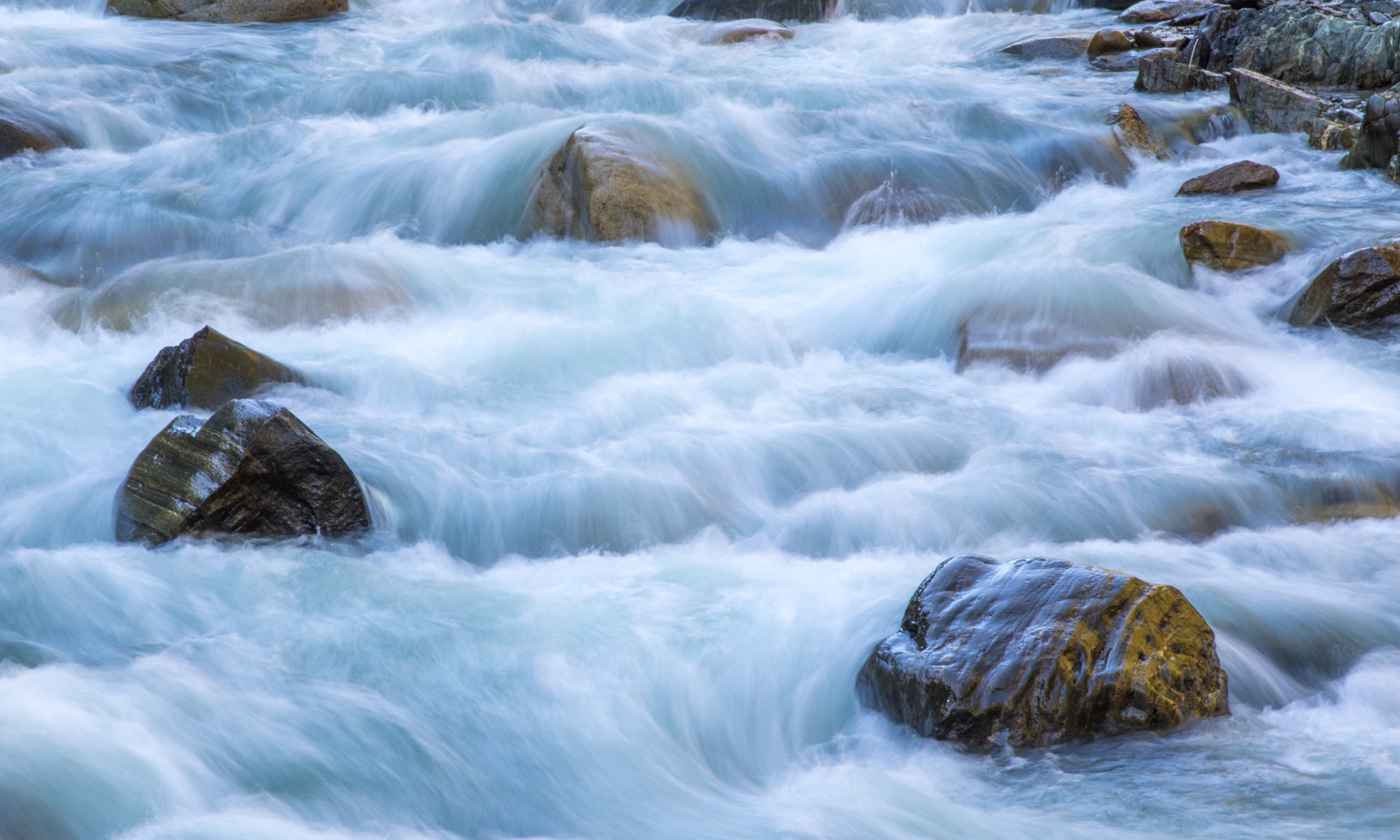Today’s Question: What is the Copy Name in Lightroom Classic? It doesn’t show up in my view [for the Info Overlay in the loupe view].
Tim’s Quick Answer: The Copy Name metadata field in Lightroom Classic supplements the filename, and is used when you create a virtual copy, but you can also update this field for any image.
More Detail: In general images in Lightroom Classic are referenced based on their filename. However, there is also a Copy Name field that can be used to supplement the filename. That Copy Name text can be displayed along with the filename for the Info Overlay feature in the loupe view, which you can configure by choosing View > View Options from the menu and going to the Loupe View tab in the Library View Options dialog.
The Copy Name field is used when you create a virtual copy in Lightroom Classic. A virtual copy represents a second set of metadata for an image, so that for example you can have two different adjustment versions for the same photo in the Develop module. When you create a virtual copy that copy will be named “Copy 1” in the Copy Name field, with the second virtual copy being named “Copy 2”, and so on.
However, you can change the text for the Copy Name field for a virtual copy, or add text to the Copy Name field for any image. For example, you might change the text in the Copy Name field for a virtual copy to “Black and White” to indicate this is the black and white interpretation of the image. But you could also add “Color” to the Copy Name field in metadata for the original image even though it isn’t a virtual copy.
To display the Copy Name field in the Metadata section of the right panel in the Library module, choose “EXIF and IPTC” from the popup to the left of the Metadata heading. You can then update this field to reflect any information that is helpful for an original image or virtual copy. As noted above, you can also then configure the Info Overlay display in the loupe view to reflect the copy name for your reference.

